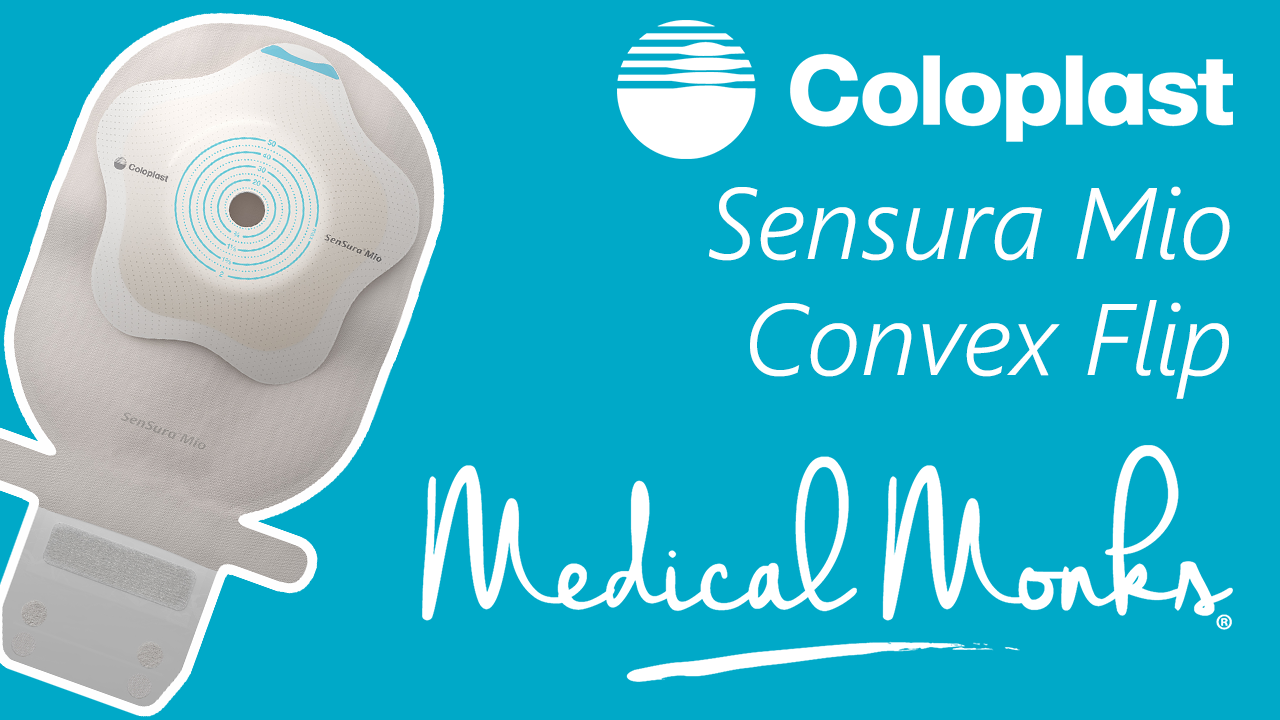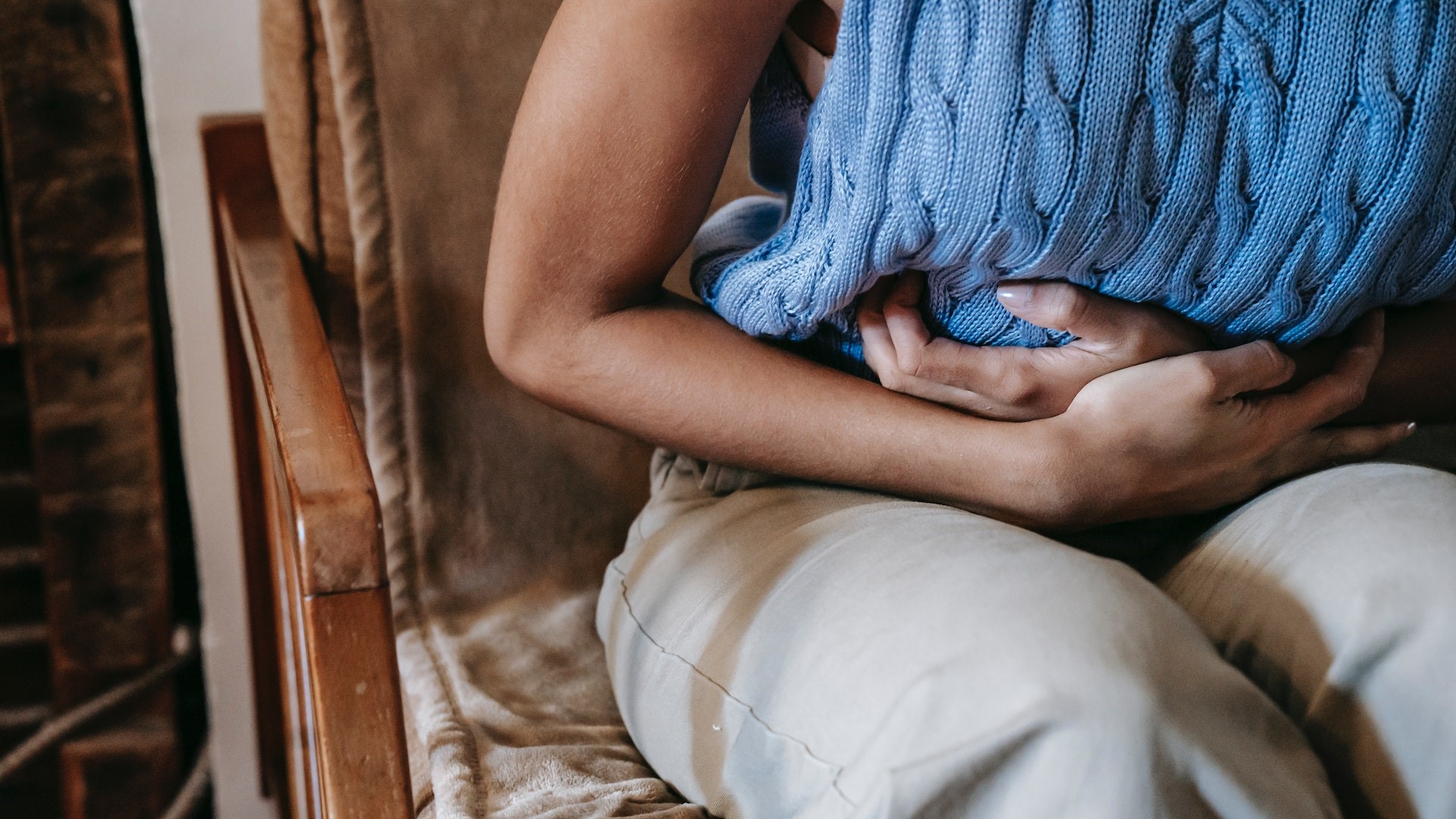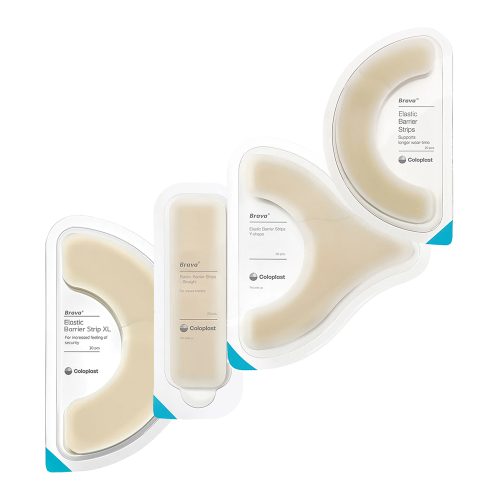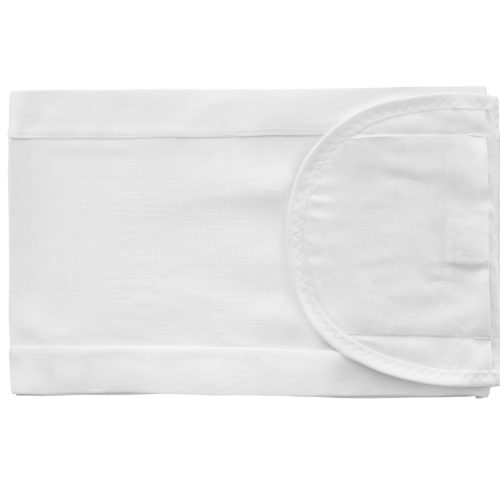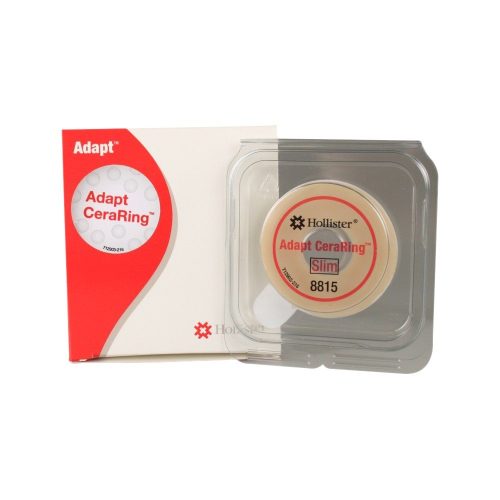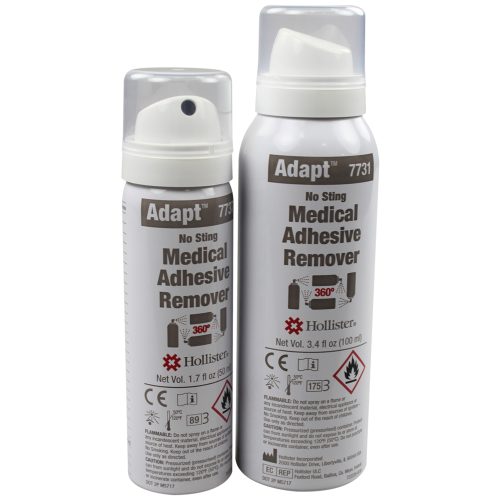If you have a colostomy, urostomy, or ileostomy bag, using it effectively is vital. Your healthcare provider likely explained how to empty and change your ostomy bag. But, the process can be overwhelming, which can make remembering each task a challenge. In those circumstances, having a step-by-step reference guide can be useful.
Remember, every patient is unique. If you have any specific questions or concerns, contact your personal care team for help.
Understanding Your Ostomy
A colostomy or ileostomy bag is designed to hold fecal waste diverted from the body. A urostomy bag does the same for urine. This guide focuses on the former two types. While many steps are the same among all ostomy bags, it’s important to refer to your personal healthcare team’s guidance for any specifics.
Types Of Ostomy Bags And Pouch Systems
Ostomy bags and pouches can be divided into categories. Before starting, determine whether your bag is:
- A closed, disposable ostomy bag
- A drainable ostomy bag
- A one-piece or two-piece ostomy bag
A closed ostomy bag doesn’t need to be emptied. Instead, when full, the ostomy bag is disposed of. To learn how to safely dispose of a closed ostomy bag when it’s full, skip to the end of this guide.
For more in-depth insights on the differences between bag system types and how to use them, we invite you to explore these guides:
How to Change An Ostomy Appliance
The Ostomy Files: Closed Vs. Drainable Pouch
The Ostomy Files: Two-Piece Vs. One-Piece
With these details in mind, here’s how to change a drainable ileostomy or colostomy bag in nine steps.
How To Empty A Drainable One-Piece or Two-Piece Ostomy Bag (Standard)
This is the standard method to drain either a one-piece or two-piece bag. Feel free to work with your healthcare team to adapt any steps that might not work for you.
Step 1. Learn How Often To Empty An Ostomy Bag (Pouch Level)
An ostomy pouch should be drained when it’s between ⅓ and ½ full. This gives you time to get to a private space to change the bag without risking over-filling. It also leaves a decent about of space in the bag, so it’s easier to manipulate without risking splash back.
Step 2. Prepare To Empty
To prepare, find a bathroom with a toilet. Or, if you’re bedbound, make sure you can access a bedpan or any similar, biosafe container to collect your waste.
Before emptying, wash or sanitize your hands for optimal hygiene. It’s recommended to wash your hands for at least 20 seconds.
Step 3. Move Into Comfortable Emptying Position
Your position should be comfortable to maintain for a decent length of time, particularly if you’re still getting the hang of things. Fortunately, there are several potentially helpful positions.
In Bed With Bedpan Or Container
If you’re in bed, you can sit or lie in any position that’s comfortable for you. Just make sure the position:
- Position the tail of your ileostomy bag within your bedpan or container, to catch the waste
- The container or bedpan is stable and secure, so you won’t risk spilling its contents
- You have enough manual dexterity in this position to open and manipulate the bag while keeping the tail in the container
- You have enough room to manipulate the bag without knocking the container over
Many ostomates find emptying into a container is useful, as they have more physical control and, usually, don’t even have to remove their pants.
On Toilet
When emptying an ostomy bag into the toilet, typically you’ll want to remove your bottoms first. This helps prevent any spills or splashback from staining your jeans or trousers.
No matter which position you choose, the key is to position the tail of your ostomy bag so all waste emptying from it lands in the toilet bowl. This often means unrolling the pouch’s tail, which is usually designed to be tucked away comfortably while the bag is closed.
Once the tail is untucked and unrolled, position the tail to rest below the rim / seat of the toilet.
Popular positions include:
- Sitting on the toilet, facing front
- Back rests on toilet back
- Legs spread at wide angle
- This lets the ostomy bag hangs comfortably between them
- Ostomy bag tail points into the toilet bowl
- Sitting on the toilet, facing the back
- Back is not supported by any furniture or wall
- More toilet bowl access
- This allows narrower leg spread
- Bag hangs between legs, tail pointing into bowl
- Standing in front of the toilet
- Toilet seat is up
- One hand holds the bag in an appropriate position
- This manually directs ostomy bag tail into toilet bowl
- The other hand is free to manipulate the bag
- Kneeling beside the toilet
- Toilet seat is up
- Bag comfortably rests on lip of the toilet bowl
- Tail points down in toilet bowl
- Both hands are free to manipulate the bag
Step 4. Carefully Manipulate Closure To Open Bag
The closure of a drainable ostomy bag is usually Velcro, but it can also be a plastic clip. If it’s a clip, remove the clip and set it down where it’s easy to access again later.
Open the bag carefully. Keep your hands and fingertips on the bag’s exterior, to avoid contact with any waste. Make sure the tail of the bag remains inside the toilet bowl, so if waste flows out quickly it lands in the right spot.
Step 5. Release Waste Into Toilet Or Bedpan
Once the closure is released or removed, pull the bag’s opening wide while keeping it in position. Grip the external surface of the bag only. Give the bag a very slight, gentle shake to jostle free any stuck waste.
Step 6. Gently Squeeze Any Stool Remnants Out Of The Bag
Use your hands to press your bag flat, from the top and bottom, starting at the bag’s back. While pressing, push forward toward the tail. Think of it like manipulating a mostly empty tube of toothpaste, squeezing any remaining waste in the bag toward the tail’s opening.
When all or nearly all waste is removed, wipe any remnants from the bag with toilet paper. Deposit the toilet paper in the toilet bowl along with the rest of the waste, then flush.
Step 7. Clean and Inspect Bag
Gently clean your empty ileostomy bag with warm water or a wipe.
Do not use harsh chemicals like alcohols on the bag, as that can degrade it. While cleaning, visually inspect the bag for wear or leaks. Drainable bags can be worn for multiple days, but some wear out faster than others.
Step 8. Roll Back Pouch Tail and Close
To close your empty colostomy bag, roll back the pouch tail into its compact position. Re-close the bag using the Velcro straps, or by re-attaching the clip. Tuck and secure the bag comfortably.
Step 9. Wash Hands
Just like when you use the restroom in general, wash your hands afterward. If you’re bedbound, use a hand sanitizer or pre-moistened cloth to stay clean.
Optional Emptying Method With Two-Piece Ostomy Pouch System
If you have a two-piece draining ostomy pouch, there’s another emptying option.
1. Detach Waste-Holding Piece
Instead of positioning yourself to let the ostomy bag point into the toilet bowl while it’s still attached to you, you can, instead, simply detach it.
Different two-piece bags use difference securement methods, so you’ll have to look up your own, specific model for detachment instructions. Often, instructions come with the bag. It’s also common for manufacturers to have user instructions online, often video.
2. Repeat Standard Steps
Once you detach the waste-holding piece from the skin barrier wafer, you can easily hold it over a toilet or safe container. Then, you can simply repeat steps 4 – 8 of the standard directions.
3. Reattach Piece
After closing the bag, reattach it. Then, wash your hands.
How To Safely Dispose of Closed Ostomy Bag
To safely dispose of your closed colostomy bag, detach it, then fold and seal it using the bag’s adhesive. This keeps the waste in the bag from contaminating other things. Then, put the used ostomy bag in the garbage. Wash your hands, clean your stoma, and replace the disposable bag with a new one. To do this, follow the directions that came with your brand of bag.
Make Ostomy Management Easier With Medical Monks
At Medical Monks, we curate a top-tier selection of ostomy care products for people like you. Shop our range of drainable and disposable ostomy bags and supplies today. If you have questions or need assistance, chat with one of our agents online. Or, call our team at 844-859-9400.

The MEDICAL MONKS STAFF brings to the table decades of combined knowledge and experience in the medical products industry.
Edited for content by JORDAN GAYSO.

